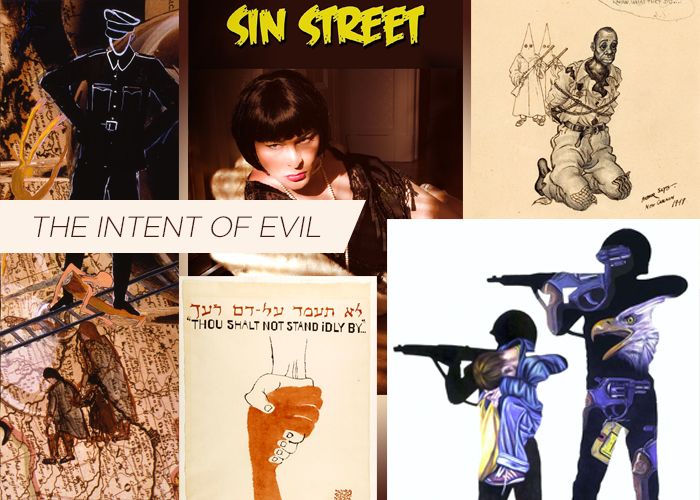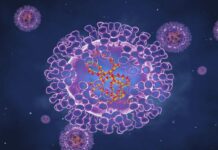
Evil has a lot of meanings. Some superstitious, some supernatural; all about causing harm. Evil seems to be universally understood as wickedness, or as the Oxford English Dictionary defines it, profoundly immoral. Throughout history, humans have and continue to unleash unfathomable evil upon each other for reasons that only exist in their minds.
Somehow, evil seems always to be present. Modern evils are the same as historical evils just manifested differently. In recent months, evil has been embodied in the anti-gay government rule in Chechnya, an Australian Greek Orthodox priest thinks that all gays should be shot, and the U.S. government is attempting to strip the rights away from women, transgender people, and the LGBT+ community.
Evil is about hurting living things individually and collectively, and it’s hard to understand.
The Jewish Museum in Florida recently showcased a newly created Evil: A Matter of Intent exhibition, and displayed a collection of artifacts and artwork by over 35 artists who depict terrible scenes of evil: massacre, destruction, murder, hate, pain, and fear.
The curator of the original exhibit, Laura Kruger, feels that evil is “not just a cosmic accident. It does not just happen. Evil is a deliberate action or inaction. Evil is the violation of our common humanity.”
“This exhibition is timely and powerful,” Susan Gladstone, the museum’s acting executive director, said. “These artists tackle issues we are all confronting right now, at this juncture in history. They bring evil to light from a multitude of shadowy angles, capturing historical events and expressing outrage. They leave us, the viewers, to our own responses – and possibly to our own personal calls to action.” (Source.)
The collection included crayon drawings by children who witnessed the terrors of Darfur, a huge, imposing mannequin dressed in scarlet Ku Klux Klan robes, its face completely covered; paintings of soldiers with raised rifles, depictions of the Holocaust, famine victims, lynchings, colossal suffering, and incomprehensible concepts of power and hurtful intentions.
Have a look at the artwork here.
Watch the video here.
Jacqueline Goldstein, curator of the Jewish Museum talks about the dialogue the exhibit needs to create around the concepts and actions of evil. She hopes that through the exhibit, people will “start talking about it, stop being complicit, and really engage.”
Art tends to light fires. Let’s hope that the power of this exhibition moves people to see things from a different and empathetic perspective that sees hate and evil for what it is: needless and pointless harm, rooted in fear.





